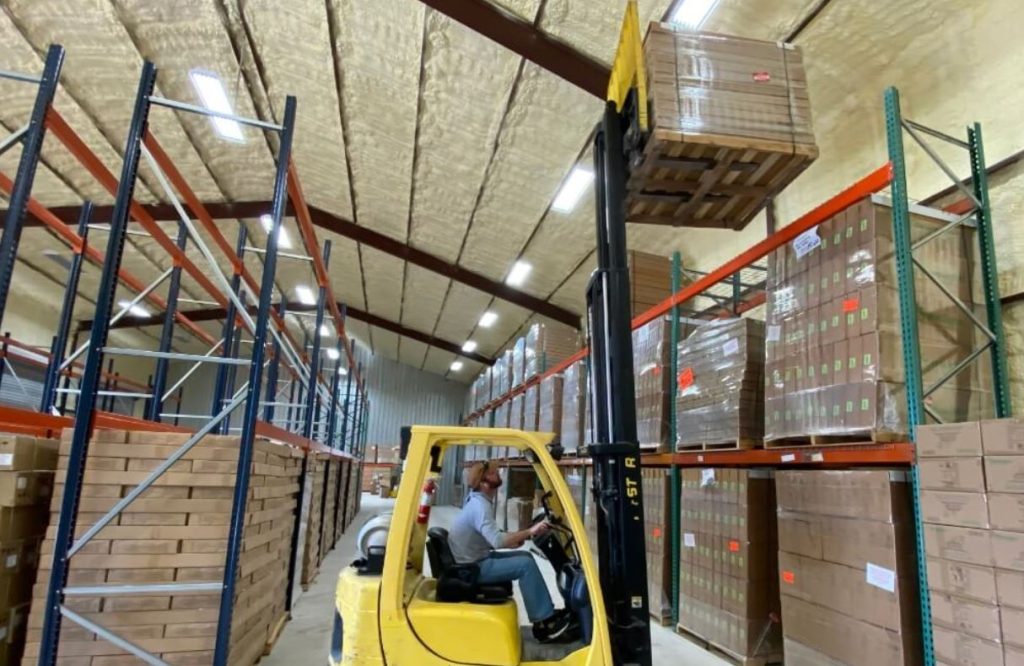In the dynamic world of logistics and supply chain management, where every detail counts, the significance of efficient warehouse operations cannot be overstated. One crucial yet often overlooked aspect that plays a pivotal role in the seamless functioning of a warehouse is lighting. PrimeLights, a leading provider of innovative lighting solutions, recognizes the crucial role that warehouse lighting plays in enhancing productivity, ensuring safety, and optimizing overall operational efficiency. In this article, we delve into the key aspects of warehouse lighting and its profound impact on modern logistics.
Importance of Adequate Lighting
- Enhanced Visibility and Safety: Adequate lighting is fundamental for ensuring a safe working environment within a warehouse. Properly lit spaces reduce the risk of accidents and enhance visibility, enabling workers to navigate through aisles, operate machinery, and handle inventory with precision. Well-lit areas contribute to a decrease in workplace accidents and injuries.
- Increased Productivity: Proper lighting isn’t just a safety measure; it’s also a significant contributor to increased productivity. Well-lit workspaces make it easier for employees to locate and pick items, reducing the time spent searching for products. Efficient lighting can enhance order accuracy and streamline fulfillment processes.
- Energy Efficiency and Sustainability: As the world increasingly focuses on sustainable practices, warehouse lighting is no exception. Energy-efficient lighting solutions, such as LED technology, not only consume less power but also have a longer lifespan. This not only reduces operational costs but also aligns with environmental goals.
Key Considerations for Warehouse Lighting
- LED Technology: Light Emitting Diode (LED) technology has revolutionized warehouse lighting. LED lights are energy-efficient, durable, and provide consistent illumination. Their longevity significantly reduces maintenance costs and the need for frequent replacements, making them a cost-effective solution in the long run.
- Smart Lighting Systems: Integrating smart lighting systems with sensors and controls allows warehouses to optimize energy consumption. These systems can adjust lighting levels based on occupancy, time of day, or natural light availability, ensuring that lights are only on when and where they are needed.
- Color Temperature: The color temperature of lighting can influence the overall atmosphere in a warehouse. Cool white light (higher color temperature) is often preferred for areas where detailed tasks are performed, while warm white light may be suitable for general storage areas. Striking the right balance is essential for creating an optimal working environment.
- Uniformity and Distribution: Uniform lighting distribution is critical to eliminate shadows and dark spots within a warehouse. This ensures that all areas are adequately illuminated, reducing the likelihood of errors and accidents. Proper distribution of light also aids in maintaining a consistent working environment.
Conclusion
Warehouse lighting is a fundamental element that goes beyond mere illumination. It is a cornerstone of operational efficiency, impacting safety, productivity, and sustainability. As warehouses continue to evolve in response to the demands of modern logistics, investing in advanced lighting solutions becomes a strategic imperative. By embracing energy-efficient technologies and considering the specific needs of the working environment, warehouses can create a well-lit and optimized space that fosters both safety and productivity.





